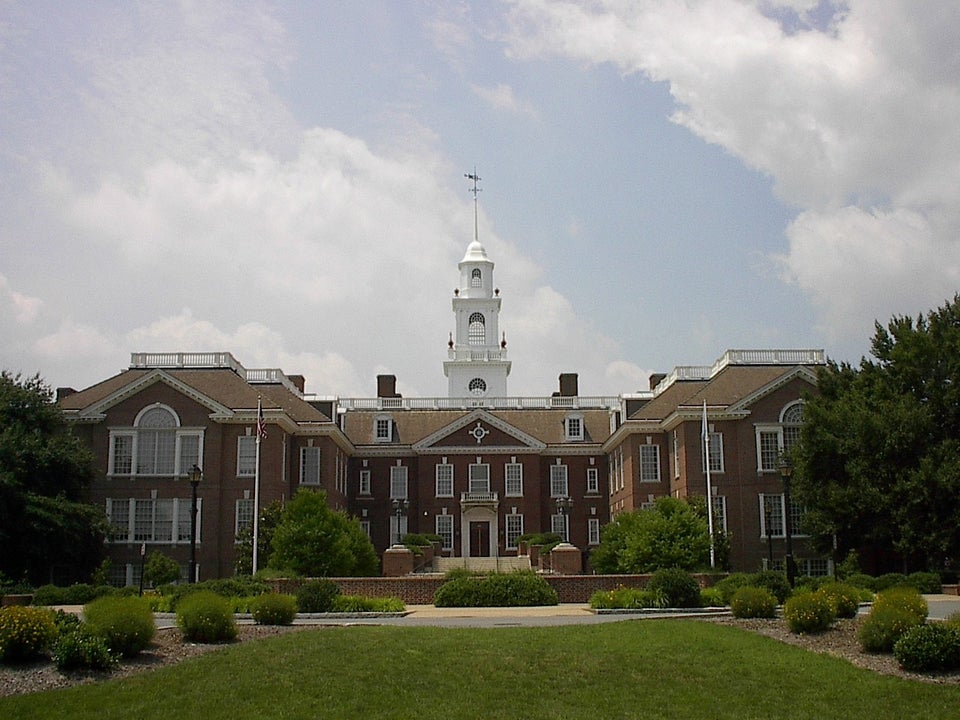According to the Association of American Medical Colleges (AAMC), 84 percent of medical school graduates carry some student loan debt. And the average level of indebtedness has reached a lofty $176,348. For those who have considered a medical profession or currently practice, these numbers are of no surprise.
Higher Prices Mean More Debt
The AAMC reports that the median cost for one year of med school in 2014-15 at public institutions was $34,540. For private medical schools, the average annual cost is $53,714. The median cost for all four years of schooling is $226,447 and $298,538 for public and private institutions respectively.
This situation has led to over 50 percent of new physicians carrying a debt of over $200,000, and 10 percent have debts above $300,000.
Geographical Areas Where Medical School Loan Debt High
According to Medscape, medical school graduates in the Southwest and North Central region have the largest student loan debts. Residents in the South Central region, Northeast, Mid-Atlantic, and West have the lowest debt levels.
One Million Dollars For a Medical Education?
Some point to other factors to consider when calculating the cost of getting a medical degree. Many physicians make relatively low wages during their residency years, somewhere around $55,000 per year. If you take into account the potential lost income, along with accumulating loan interest, it could easily add up to one million dollar investment.
This conclusion was brought to light by CBS Money Watch based on ten years spent studying and training along with a debt of $166,750 at 7.5 percent interest over 30 years.
Big Monthly Payments
By the time a doctor is out of residency, their income can easily double or even quadruple, depending on their specialty. However, loan payments also rise dramatically as many choose to take a loan deferment during their training years.
A fairly common example would be a medical student that graduates with $180,000 in loans. After 7 years of residency training, and 10 years of loan forbearance, they could easily face a $3,300 a month payment. The total amount to be repaid would be $399,000 with $219,000 paid towards interest.
Small Percentages Make A Big Difference
When the loan numbers get this high, small changes in loan interest rates can make a big difference. Let’s take another look at an $180,000 loan paid off over 30 years and compare interest rates:
- At 7 percent, the total interest paid is $251,116, and monthly payments are $1,197
- At 7.5 percent, the total interest paid is $273,091, and monthly payments are $1,258
- At 8 percent, the total interest paid is $295,479, and monthly payments are $1,320
As you can see, a single percentage point could mean an overall savings of $44,363 in interest payments.
Smart Options To Make Repayment Easier
One wise strategy is to look into refinancing your medical school loans. As the above example illustrates, refinancing at lower rates can translate into big savings over the life of the loan. You can also adjust your repayment term if you can afford higher payments and want to shorten your term to decrease your total repayment. Physicians are great candidates to refinance as once a physician is established usually has high income and strong earning potential.
On the other hand, a student loan consolidation will simply combine all of your payments into one and will not lower your interest rate, but will make managing repayment easier.
Additionally, some residents, instead of taking a forbearance or deferral during their residency years, choose a Pay As You Earn option offered by the federal government. This allows you to make some payments that match your level of income during the lean years of residency.
Conclusion
The cost of medical school education has never been higher, and med school student loan debt continues to climb, but understanding that there are ways to repay medical debts can help eliminate fear out of a medical profession.
If you have medical loans or are interested in refinancing, see how much you can save in under 30 seconds with Credible.
